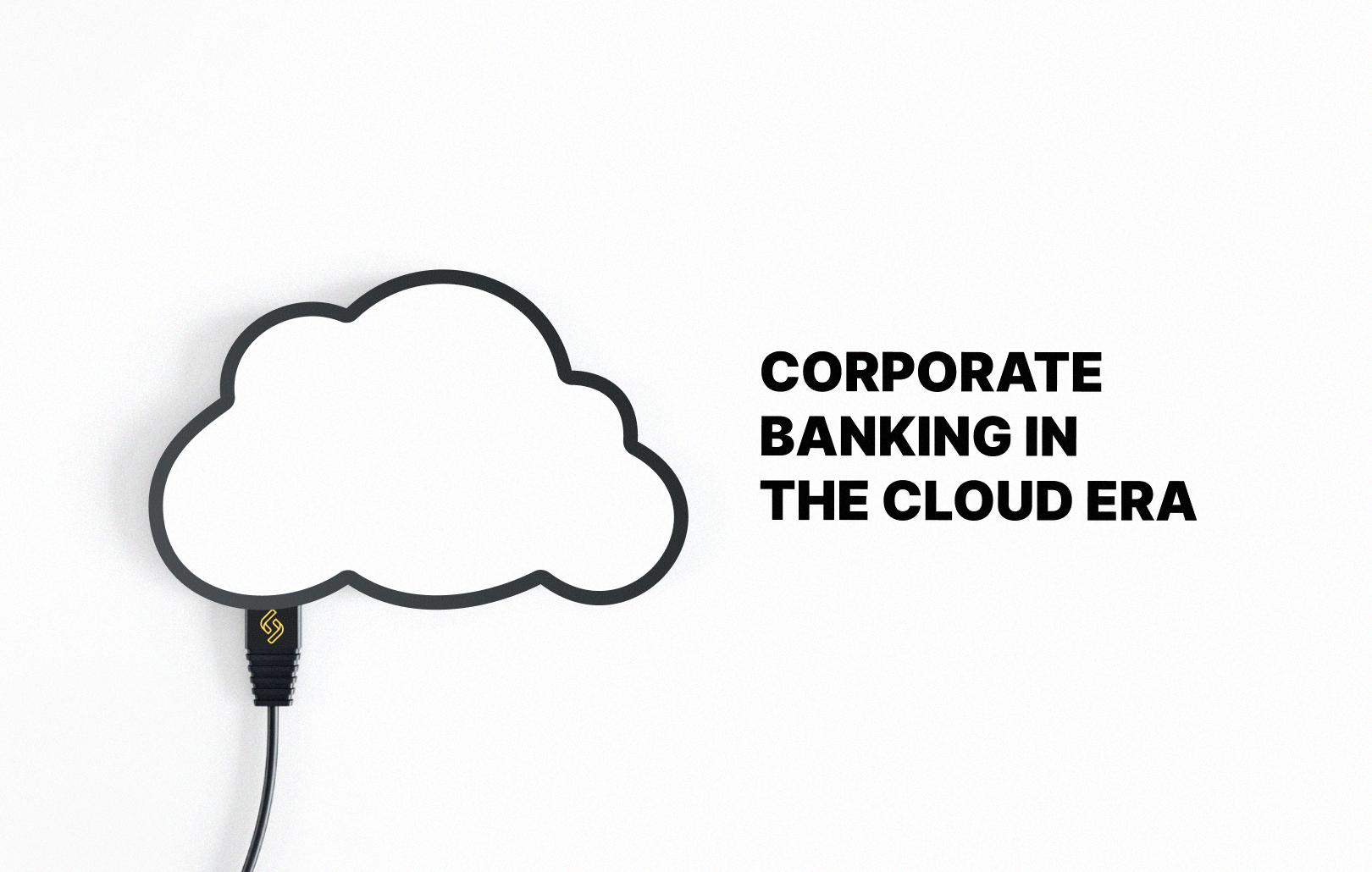Anticipated Fintech Transformations in 2024

The year 2023 marked a significant turning point for the fintech sector, unveiling a plethora of opportunities within the dynamic economic landscape. The challenges of the preceding year acted as a powerful catalyst, refining the focus, unveiling innovative pathways, and strengthening the strategic outlook of fintech organizations. As an industry, fintech now finds itself in an enhanced position to capitalize on emerging trends, embrace novel technologies, and foster deeper connections within the global market. Looking ahead to 2024, with insights gained from an impactful year, several pivotal industry shifts come to the forefront. Let’s take a closer look at them.
The Evolving Role of Generative AI in Financial Services
The integration of artificial intelligence (AI) and machine learning (ML) in financial services has a longstanding history. Presently, its accelerated use is prominently seen in two crucial areas: firstly, in Risk and Compliance, aiding banks and fintechs in identifying bad actors while facilitating higher acceptance rates for legitimate users; secondly, in User Experience, ranging from chatbots to mass customization that ensures services remain pertinent to consumers.
The pressing question is the potential role of generative AI (GenAI) in fintech’s future. Given the high stakes and stringent regulations in the industry, precision and security are paramount. Before introducing GenAI, addressing biases in GenAI models and enhancing accuracy, including the elimination of AI hallucinations, is imperative. As advancements in explainable AI (XAI) make complex algorithms more transparent, financial institutions are poised to shift towards utilizing alternative data for decision-making, especially in the realm of cash flow underwriting.
Payments as a Catalyst for Growth
A significant focus at this year’s Money20/20 Conference in Las Vegas centered around how the industry can cater to a broader customer segment, fostering growth for businesses and providing consumers with more payment options, particularly in scenarios where credit acts as a barrier.
As per a recent report by the US Federal Reserve, the denial or approval for requested credit is disproportionately high for households earning less than $50,000. This underscores the underservice and unfair assessment by traditional financial institutions, contributing to the increased adoption of new payment methods like Buy Now, Pay Later (BNPL). The incorporation of payment optionality at checkout enables retailers to serve a wider customer base, leading to a shift towards this category. Stronger partnerships between retailers and alternative payment providers are anticipated, ultimately aiding customers who have been overlooked by traditional financial services.
Within the payments growth driver category, there is an expected surge in demand for swift and fraud-resistant instant payments, accompanied by robust safety and security measures. This is particularly advantageous for retailers, as both acquirers and processors invest in data and tech solutions, aiming to deliver higher authorization rates and reduce declines.
Advancements in Financial Wellness and Inclusion
In certain regions within the EU, more than 30 percent of the population continues to lack access to banking services. The pandemic has further increased this disparity, intensifying issues related to digital poverty and exclusion. Over recent years, efforts have been directed towards making financial services and credit more inclusive, however, there’s still lots to be done to tackle the issue completely.
Innovations within open banking have encouraged economic participation across all income sectors, including contingent workers. Cash flow underwriting, for instance, enhances credit accessibility to underserved segments while simultaneously reducing losses. The trajectory for 2024 involves further traction with credit-builder cards, tailored financial solutions for specific demographics (e.g., Gen Z), and increased emphasis on financial education. However, achieving measurable impact requires a robust partnership between the private sector and regulators.
To prepare for these impending shifts, it is essential that fintech companies maintain an unwavering focus on their customers, staying attuned to their evolving needs and preferences within the ever-changing landscape of the industry. It is also important to gear organizational processes towards listening to customers and feeding that valuable information back to product and engineering teams.
Additionally, it’s important to embrace agility and cultivate a culture of continuous learning driven by rapid experimentation and feedback loops within organizations. In an environment marked by rapid change, these two pillars — customer-centricity and agility — are pivotal for not only survival but thriving in the ever-evolving nexus of finance and technology.





